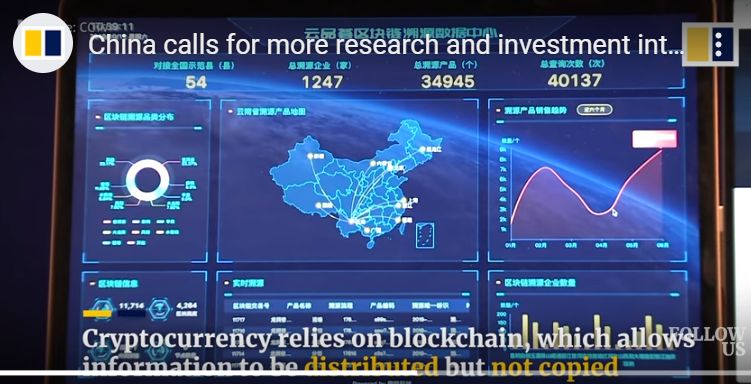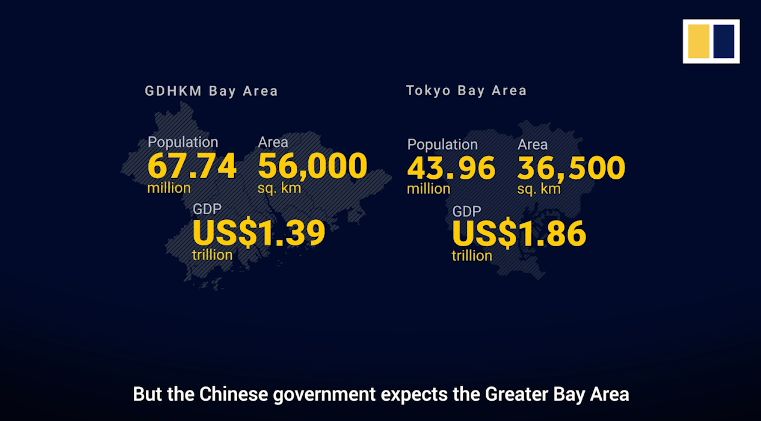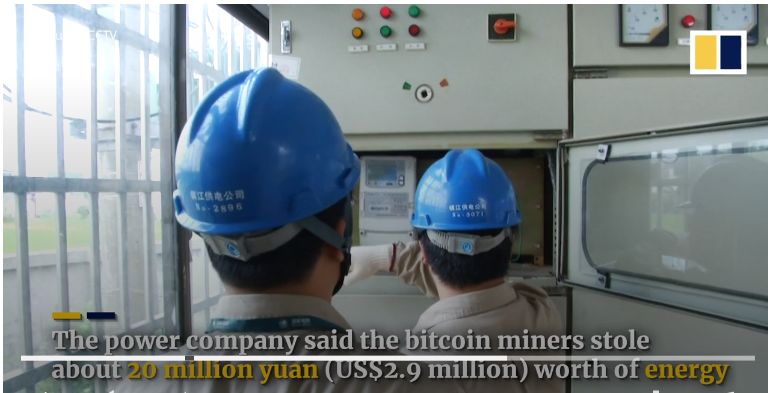SCMP | China and the US on Technology: Racing or Dancing?
By Edward Tse
Published: 18 Nov, 2019
Originally published in South China Morning Post with title, “Why the US Should Not Try to Thwart China's Blockchain and Digital Currency Ambitions." All rights reserved.
A latest op-ed authored by Gao Feng Advisory's CEO Dr. Edward Tse was published on South China Morning Post.
In this article, Dr. Tse summarized the reason why the US should not thwart China's blockchain and DCEP. He said though differences exist, the world will benefit if China and the US can seek commonalities, rebuild trust, cooperate on technological initiatives, and establish global governance and a code of conduct on blockchain technology as well as its applications.
In the October 23 Congress hearing on Facebook’s digital currency Libra, Mark Zuckerberg, the founder and CEO of the social media giant, warned Washington that blocking Libra would give way to China’s growing technological supremacy, which would eventually jeopardise America’s democratic values.
Zuckerberg’s remarks, though somewhat apocalyptic, fit into the rhetorical framework of the battle for technological leadership between the world’s two largest economies, the United States and China. Identified by the Trump administration as a revisionist power and strategic threat, China has been at the forefront of tech-enabled innovations, such as digital currency, since 2014.
During a meeting last month, President Xi Jinping endorsed blockchain as the nation’s core technology. China’s plan to launch a sovereign digital currency is also triggering new appetites for start-ups, traders, investors and researchers.
As the underlying technology of digital currencies such as bitcoin and Libra, blockchain is a distributed, decentralised and public digital ledger system which allows information and data to be immutably stored and transparent to all. The technology promises unparalleled efficiency, security and transparency and carries profound implications in a variety of scenarios from finance to manufacturing and energy.
In the finance sector, for example, blockchain can help traditional banks reduce operation costs, allowing individuals to perform transactions in a secure environment. The technology is also set to be involved in the development of smart, digitally connected cities. Blockchain-enabled parking platforms, for instance, would provide real-time information on parking spaces for drivers to reserve spaces, thus reducing congestion and on-street parking.

Source: SCMP
In the private sectors, demand for blockchain solutions for supply chain and logistics is quickly expanding. In a traditional supply chain, payments can take up to days, and contractual agreements involve different layers of third-party costs; the increasing globalisation and complexity of trade makes it almost impossible to trace products back to the source, compromising supply-chain integrity.
According to PwC, 40 per cent of food companies find food fraud difficult to detect with current methods, and 39 per cent believe their products are easy to counterfeit. Blockchain could be the answer to such supply-chain frictions.
China’s three-layered development model has lent resilience to its development. The central government sets the overarching strategy of developing a technologically advanced, innovative society while thriving entrepreneurial, private-sector companies drive business innovations, with local governments in the middle as liaisons. Guangzhou’s Huangpu Development district authorities, for instance, recently published regulations on blockchain use to cater for a major increase in applications, while a blockchain platform was launched last year in Shenzhen to serve the Guangdong-Hong Kong-Macau Greater Bay Area.

Source: SCMP
The US, meanwhile, is unsettled by China’s rapid expansion into the frontier technologies. President Donald Trump is set to help the US solidify, or regain, its position as a global innovation hub, despite his complicated love-hate relationship with the tech industry. In February, Trump signed an executive order to maintain America’s leadership in artificial intelligence. Last month, the White House revived the President’s Council of Advisors on Science and Technology, a group of experts who work to inform public policy on science, technology, education and homeland security.
The private sector is an important source of innovation in the US, as epitomised by Google’s milestone achievement in quantum computing – a technology that will produce a strong symbiosis with artificial intelligence and cryptography.
The de facto punchline of Trump’s tech move, though, was to cut Chinese companies off America’s technology value chain, especially the core scientific know-how. Over the course of the year, Washington repeatedly put pressure on Chinese telecom equipment and smartphone maker Huawei and blacklisted it, citing the company’s alleged coziness with the Chinese government, while reining back China’s dominance in 5G technology. Another 28 Chinese companies were later added to the blacklist, including the supercomputer maker Sugon along with three of its microchip subsidiaries.
Given the intensity and speed at which the rivalry is escalating, Zuckerberg’s warning is not totally unjustified. If China’s digital currency is adopted in more countries, America’s oversight and regulation of the global financial system will become challenging. This gap will only increase as the two countries diverge further into separate trajectories of the technology.
Hostile competition is likely to result in a zero-sum game. Continued blacklisting will do more harm than good, wreaking havoc on jobs and disrupting the global technology supply chain. As China develops applications of blockchain system, it should adopt best practices and international benchmarks, and establish a clearer, full-bodied legislative framework.

Source: SCMP
Though differences exist, and will continue to exist, the world will benefit if the two leading economic powers can seek commonalities, rebuild trust, cooperate on technological initiatives, and establish global governance and a code of conduct on blockchain technology as well as its applications. After all, increasingly, the issues facing humanity transcend national borders and require big powers to work together.
On the business level, such collaborations are already happening. For instance, IBM, Walmart, Chinese retailer JD.com and Tsinghua University launched a project in December 2017 to develop food safety solutions using IBM’s blockchain platform. The project also involved major food suppliers such as Dole and Kroger, benefiting offline and online consumers across the globe.
On a global level, blockchain’s potential trade-related applications could transform various aspects of international trade, including finance, customs and certification processes, logistics, and intellectual property. But for the technology to empower global growth, countries would have to cooperate with one another.
About the author
Dr. Edward Tse is founder and CEO of Gao Feng Advisory Company, and a founding Governor of Hong Kong Institution for International Finance. One of the pioneers in China’s management consulting industry, he built and ran the Greater China operations of two leading international management consulting firms for a period of 20 years. He has consulted to hundreds of companies, investors, start-ups, and public-sector organizations (both headquartered in and outside of China) on all critical aspects of business in China and China for the world. He also consulted to the Chinese government on strategies, state-owned enterprise reform and Chinese companies going overseas, as well as to the World Bank and the Asian Development Bank. He is the author of several hundred articles and four books including both award-winning The China Strategy (2010) and China’s Disruptors (2015) (Chinese version of 《创业家精神》).
You may visit Dr. Tse's blog to explore more of his intellectual capital: www.edwardtseblog.com
